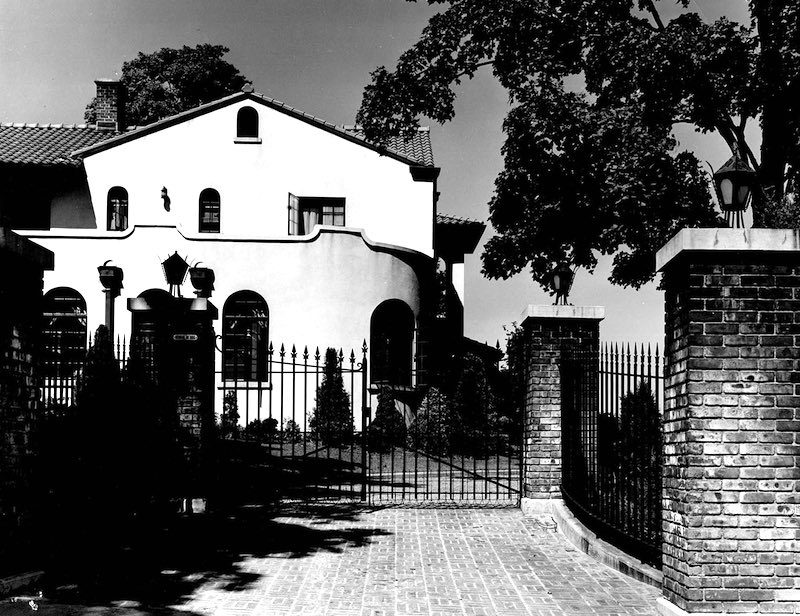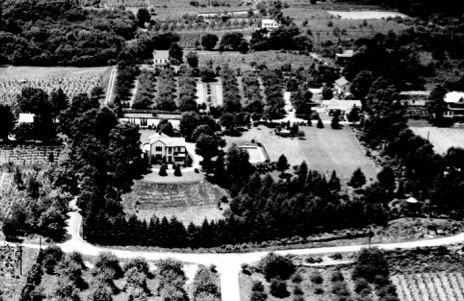
The Shoe Magnate of Marlboro
Fall 2019
Many an immigrant was drawn to the beauty and fertility of the hills of New York’s Town of Marlborough. Most seekers came as laborers, stonemasons, and farmers, but others put down roots here after already attaining prosperity in other fields.
United States Patent Office patent # 92,966 was awarded to Dominick La Valle regarding “Design for a Shoe.” The patent, dated August 7, 1934, was good for three and a half years. The patent application with its attendant drawing of a women’s shoe with detailed ornamentation is dated June 1, 1934.
Dominick LaValle’s career began at the age of eight in Messina, Sicily. A decade later he left Italy in 1909) arriving in America, a 17-year-old craftsman with an eye for elegant design. By his late 20s, LaValle had established LaValle and LoPresti, a footwear-manufacturing firm.
In 1929, the firm became LaValle, Inc., manufacturers of custom shoes for the rich and famous. With his newly minted success, LaValle purchased a beautiful old farmhouse on a ridge far above the Hudson River in Marlboro, NY. He quickly transformed the modest home into an Italianate villa primarily of his own design. With the home’s tiled roof and white-stuccoed walls, the estate’s wrought iron gates, gardens, imported trees, small orchards, and summerhouses, he and his family enjoyed a life of luxury in the Hudson Valley. Dominick, his wife, Filippa, two daughters, and a son spent summers and weekends relaxing “in the country.”

The year 1929 was not the best time to be in a niche market catering to the wealthy. Adding to the complexity of depression-era manufacturing was his competition, Bally, I Geller, Ferragamo, and other highly respected souls in the handcrafted shoe business all vying for the shrinking market.
 LaValle was written up in every trade publication and general reader magazine of the day. He was praised for the quality of his shoes and purses, as well as their enduring beauty.
LaValle was written up in every trade publication and general reader magazine of the day. He was praised for the quality of his shoes and purses, as well as their enduring beauty.

Carroll Cook and his grandfather, Dominick LaValle, at the family home in Marlboro.
Foreign competition, labor problems, and other factors closed the firm in the early 1950s. In June 1952, Dominick LaValle passed away. The estate went out of the family and continues as a private residence.
Thanks to Carroll Cook, grandson of Dominick LaValle, we have these beautiful pictures and history. Carroll is the Director of the Gomez Mill House, a historic house and museum, in Marlboro, NY, not far from the estate where Carroll played with his grandfather and ran barefoot in the grass.
All images are from Carroll Cook’s collection of items, photos, and other ephemera which he generously shared for this story.
